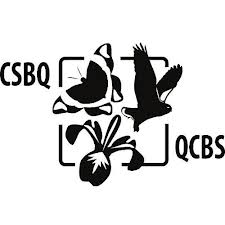Thomas Villeneuve

Project
Taxonomy of Victorin's water-hemlockVictorin's water hemlock (Cicuta maculata var. victorinii) is an endemic variety of the freshwater estuary of the St. Lawrence, designated as threatened in Quebec and of special concern in Canada. The morphological differences between this variety and the typical variety, common and abundant throughout the Laurentian plain and North America, are limited to two features that are best observed only at full maturity and on dry herbarium specimens. In addition, there are mixed populations including presumably intermediate individuals. All these factors cast doubt on the taxonomic value of this variety, which should be reassessed using modern methods. There are no biosystematic, morphometric or molecular studies on Victorin's hemlock. Thus, common garden studies and genetic analyses would be needed to assess whether the observed differences have a hereditary basis, whether intermediates could represent hybrids, and to evaluate the viability of hybrid pollen and seeds if they exist. The aim of this project is to assess the taxonomic value of Victorin's hemlock, to evaluate its level of genetic diversity, and to discover new reliable criteria to facilitate its identification in the field and in the herbarium. To this end, eight populations of Victorin's hemlock will be sampled across its entire range. A maximum of 5 individuals per population, representing no more than 5% of the population, will be collected. The same number of individuals of var. maculata and intermediates will be collected when present at the same site. Three pure populations of var. maculata will also be sampled in the same way, inside the freshwater estuary (Quebec City), and upstream (Montreal) and downstream (Rimouski) of the sympatry zone. Rhizomes will be excised and kept alive for greenhouse growth, while the remaining individuals will be pressed into herbarium specimens. To complete the sampling, 2 to 4 specimens of all other varieties of Cicuta maculata representing the entire range of the species will also be sampled using our network of collaborators and recent herbarium collections. One individual of Cicuta bulbifera and one of Cicuta virosa will serve as outgroups in the molecular analyses. For each specimen, 14 quantitative variables will be measured on dry specimens and anatomical fruit sections. The same variables will also be measured after one year's cultivation in a common garden, in order to determine which traits are stable and which are plastic. Genetic data will be collected using the RAD-seq sequencing service offered at Université Laval's IBIS. Genetic data will be analyzed using standard statistical methods (phylogenetic analyses, ordinations).

